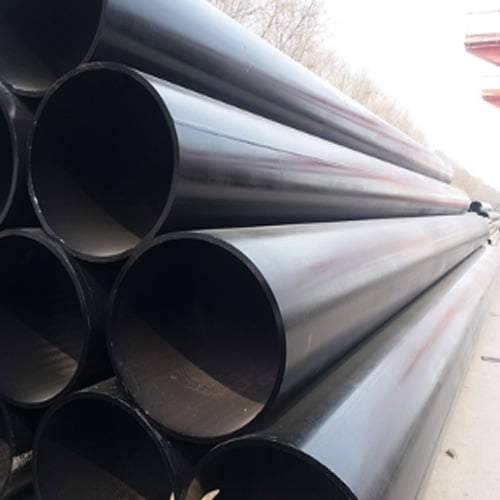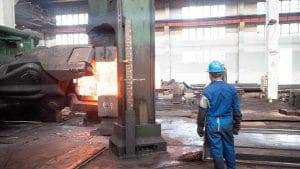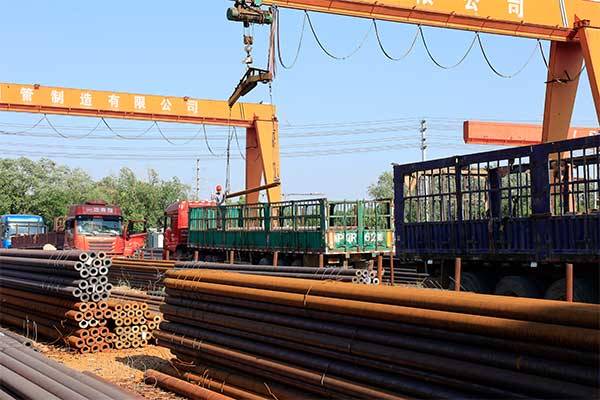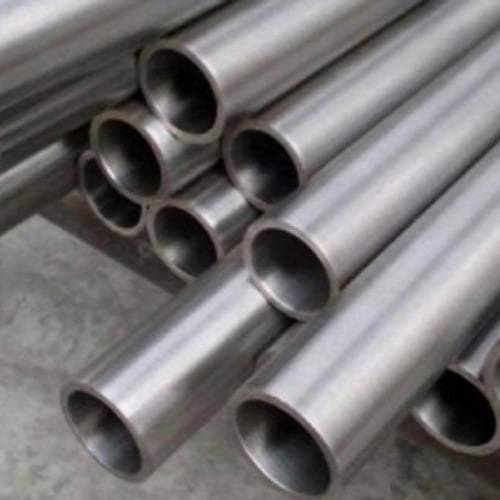Welcome to My Blog!
Before we dive into the content, I’d love for you to join me on my social media platforms where I share more insights, engage with the community, and post updates. Here’s how you can connect with me:
Facebook:https://www.facebook.com/profile.php?id=61559060896490
Now, let’s get started on our journey together. I hope you find the content here insightful, engaging, and valuable.
Introduction
In the world of plumbing, choosing the right materials is crucial for ensuring the longevity and reliability of your piping system. Among the various options available, galvanized pipe has established itself as a durable and efficient choice for many applications. This blog will explore the characteristics, benefits, and applications of galvanized pipe, helping you understand why it remains a popular choice in both residential and commercial plumbing.
By the end of this article, you’ll have a thorough understanding of what galvanized pipe is, its advantages over other materials, and how to select the right galvanized pipe for your plumbing needs.
What is Galvanized Pipe?
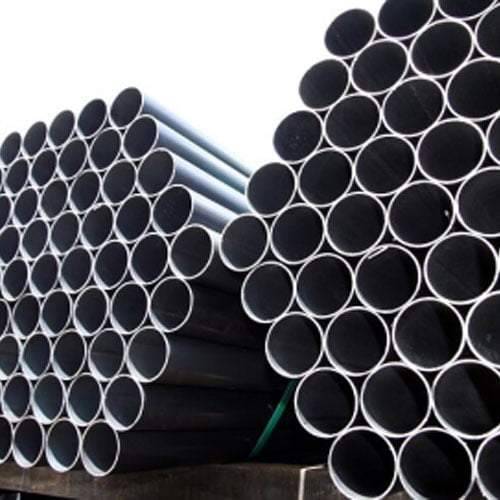
Definition of Galvanized Pipe
Galvanized pipe is steel piping that has been coated with a layer of zinc to protect it from corrosion and rust. The process of galvanization involves dipping the steel in molten zinc, which forms a protective barrier that prevents moisture from coming into contact with the metal underneath. This process enhances the pipe’s durability and lifespan, making it an excellent choice for various plumbing applications.
The Galvanization Process
The galvanization process typically includes the following steps:
- Cleaning: The steel pipe is cleaned to remove any oil, grease, or contaminants.
- Pickling: The pipe is immersed in an acid solution to remove rust and scale.
- Fluxing: A flux solution is applied to the pipe to prepare it for the zinc coating.
- Galvanizing: The pipe is dipped in a bath of molten zinc, allowing the zinc to bond with the steel.
- Cooling: The galvanized pipe is cooled to allow the zinc coating to harden.
This process ensures a robust and long-lasting finish, making galvanized pipes suitable for a variety of applications.
Advantages of Using Galvanized Pipe
Corrosion Resistance
One of the primary benefits of galvanized pipe is its resistance to corrosion. The zinc coating acts as a protective barrier, preventing moisture from reaching the steel underneath. This is particularly important in plumbing systems, where pipes are often exposed to water and humidity. Galvanized pipes can last up to 50 years or more, significantly reducing the need for frequent replacements and repairs.
Cost-Effectiveness
While galvanized pipes may have a higher initial cost than some other materials, their long-term durability makes them a cost-effective solution for plumbing. The extended lifespan and reduced maintenance requirements contribute to overall savings, making galvanized pipe a smart investment for homeowners and businesses alike.
Strength and Durability
Galvanized pipes are known for their strength and durability. The steel core provides excellent structural integrity, allowing these pipes to withstand high pressure and mechanical stress. This makes galvanized pipes suitable for a wide range of plumbing applications, from water supply lines to drainage systems.
Versatility in Applications
Galvanized pipes are versatile and can be used in various plumbing applications, including:
- Water supply lines
- Drainage systems
- Outdoor plumbing
- Fire protection systems
- Hydraulic applications
Their adaptability makes them a popular choice for both residential and commercial plumbing projects.
Ease of Installation
Galvanized pipes are relatively easy to install compared to some other piping materials. They can be connected using standard fittings and tools, making them a convenient choice for plumbers. Additionally, the lightweight nature of galvanized pipes simplifies handling and transportation.
Table: Comparison of Galvanized Pipe with Other Plumbing Materials
| Property | Galvanized Pipe | Copper Pipe | PVC Pipe |
|---|---|---|---|
| Corrosion Resistance | High | Moderate | Excellent |
| Cost | Moderate | High | Low |
| Strength | High | High | Moderate |
| Lifespan | 50+ years | 20-50 years | 25-40 years |
| Ease of Installation | Easy | Moderate | Very Easy |
| Temperature Tolerance | Good | Excellent | Limited |
Common Applications of Galvanized Pipe
Residential Plumbing
Galvanized pipe is commonly used in residential plumbing for water supply lines and drainage systems. Its durability and corrosion resistance make it an ideal choice for delivering clean water and handling waste.
Industrial Applications
In industrial settings, galvanized pipe is often used for conveying water, air, and other fluids. Its ability to withstand harsh environments and high pressure makes it suitable for various applications in manufacturing and processing plants.
Outdoor Applications
Galvanized pipe is frequently used in outdoor plumbing systems, such as irrigation and landscaping. Its resistance to corrosion from exposure to moisture and weather conditions ensures a long-lasting performance in outdoor settings.
Fire Protection Systems
Galvanized pipe is often used in fire protection systems due to its strength and durability. It is commonly employed in sprinkler systems and standpipe applications, providing reliable protection in commercial and industrial buildings.
HVAC Systems
In HVAC systems, galvanized pipe can be used for ductwork and ventilation. Its resistance to corrosion and ability to withstand high pressure make it a suitable choice for transporting air in heating and cooling applications.
Maintenance of Galvanized Pipe

Regular Inspections
To ensure the longevity of galvanized pipes, regular inspections are essential. Homeowners and facility managers should check for any signs of corrosion, leaks, or damage. Early detection of potential issues can help prevent costly repairs down the line.
Cleaning and Maintenance
Galvanized pipes may require occasional cleaning to remove any buildup of minerals or debris. A gentle cleaning solution can be used to maintain the integrity of the zinc coating without causing damage to the pipes.
Replacement Considerations
While galvanized pipes are durable, they may eventually need replacement after many years of use. Signs that it may be time to replace galvanized pipes include reduced water pressure, frequent leaks, or noticeable corrosion on the exterior of the pipes.
Conclusion
Galvanized pipes offer numerous benefits as a durable solution for plumbing in both residential and industrial applications. Their corrosion resistance, strength, and versatility make them an excellent choice for various plumbing needs. By understanding the advantages and applications of galvanized pipe, you can make informed decisions for your plumbing projects.
Whether you’re a homeowner looking to upgrade your plumbing system or a contractor seeking reliable materials for a construction project, galvanized pipe remains a dependable option that stands the test of time.
FAQ
What is galvanized pipe used for?
Galvanized pipe is used in various applications, including water supply lines, drainage systems, outdoor plumbing, fire protection systems, and HVAC systems.
How long does galvanized pipe last?
Galvanized pipe can last up to 50 years or more with proper maintenance and care, making it a long-lasting solution for plumbing needs.
Can galvanized pipe be used for drinking water?
Yes, galvanized pipe is safe for delivering drinking water, but it’s important to ensure that the interior of the pipe is free from corrosion or buildup.
Is galvanized pipe easy to install?
Yes, galvanized pipe is relatively easy to install compared to other materials, as it can be connected using standard fittings and tools.
How can I maintain galvanized pipe?
Regular inspections, cleaning, and addressing any signs of corrosion or leaks promptly can help maintain the integrity and longevity of galvanized pipes.

